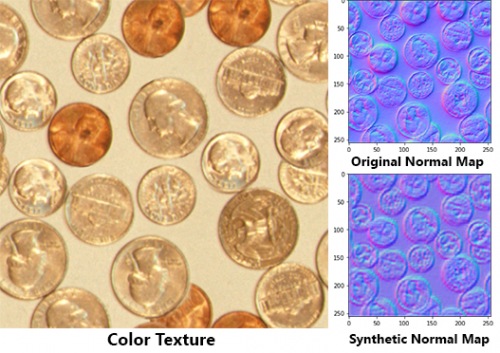

SUBSTANCE ALCHEMIST NORMAL MAP FREE
Or can use Substance, Marmoset's tools, or any other tool "PBR ready", so to speak.įor a one-person-band project, indy and whatnot, to sell as a casual, or as a free project, etc. Again, you can purchase PBR materials for one of the workflows. There are ways to extract somehow those from a made photo, but I don't know the workflow, there (have not needed it). The light reflected (or "energy") is mixed with the diffuse color, while you would need those values separated.

I don't have these tools, so, dunno.īut one thing to have clear, when you generate textures the old way (or just for some web background, lol) using for example photos you made, all the values are mixed there (besides elevation/normal map data is there all smashed, can't provide it so for an engine). That is, besides starting from the needed measured data (ie, sRGB values for materials for the difuse map, depending of the type of "thing" of real life, and, if I'm not wrong, the IOR reflection/refraction values for the specular/glossiness workflow, it ALSO checks the validity of the material, while in the process. Substance tools from Allegorithmic do support both workflows, and more importantly, do have tools to check the validity of what you are building. Anyway, I've done very little lately (though a lot of 3D, in general). That in case of using one of the 2 workflows (metallic/roughness or specular/glossiness)), but for me has been the most common, rather than specular/glossiness.

The little I've done is just using pre-made materials : Even coming already with its diffuse map, its normal and/or height map, the roughness map, the metallic map, and depending on the case, the ambient occlusion map (AO). But typically when doing gigs to other people, you are asked for PBR. if you are the author and just you, I'd do what would give most fun and best selling point (and not necessarily that needs a PBR workflow). And as mentioned, for indy/casual/small company games, well. I have not -thankfully- needed to go deeply that way, as when I started working (back) as a designer, left games, no PBR around, yet. My take for being super pragmatic : just purchase some PBR materials from the most accurate source (careful, there's crappy sites) if is only some few materials (ie, some metals, some woods, glass, plastics, etc) and load them in your engine, focus in the prototype itself, as these materials, are not really expensive IF only using a few.įor a PBR based workflow, well. If not, use utilities here and there, and tables with real physical values.įor just prototyping, you could just do it the dirty way, take very hi res photos, then use Awesomebump, Crazybump, Xnormal, Marmoset tool bag, Substance or whatever, extracting from the photos and generating sth at least looking nice.

I love its retopology options, and seems cool for normal maps) is almost a must for serious workflows. In that way, starting from that base you could work later more freely, but still I'd see a need of some tool to check the "validity" of the final resulting maps.Ī tool like Substance, or, 3D Coat (though not sure how much of the shading part does it accomplish. Certain sRGB values for one workflow, IOR values for the other workflow, depends on what you choose. It seems to me that what you mostly need to stick to is to the "measured data". What do you think about the best option? Next Wednesday will be on the location of a construction I want to map the materials, to develop a version of his simulation with maximum similarity (there will be also other versions more relaxed in term of realism).īased on current PBR workflow a better way will be use the photos just as reference and use product such as Mixer to achieve the result "mixing" other available Megascan materials and decals, or better use the actual photos and products such as Materialize to create the final material, as from the beginning of the thread.


 0 kommentar(er)
0 kommentar(er)
